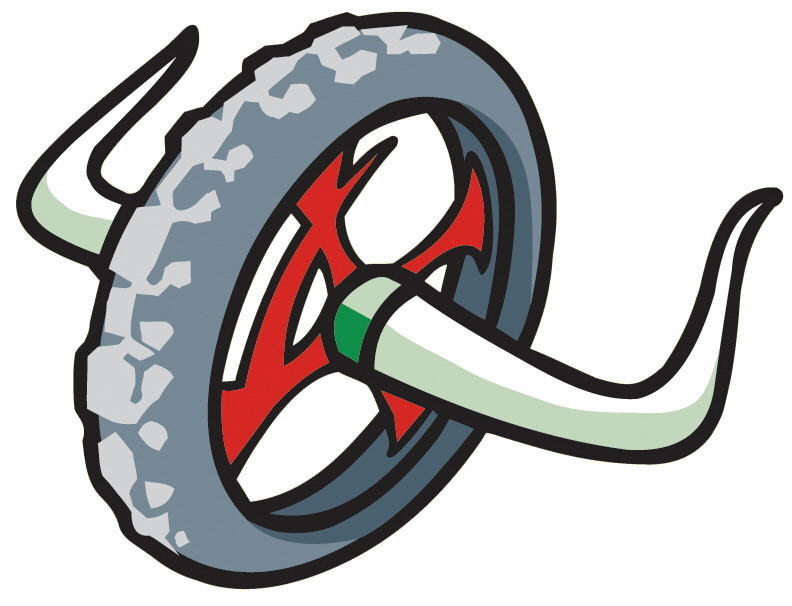AP통신에서 발췌한 내용입니다. 9월3일자인데 아직 국내 뉴스에 번역이 되서 떴는지는 모르겠습니다.
아래 분석 자료에 의하면, Tour de france 선수들의 신체적인 특징을 은퇴하기 1년전~은퇴후 3년까지 분석한 결과라고 합니다.
이들은 운동선수들 중에서도 가장 extreme한 수준의 훈련을 하기 때문에 신체적인 특징이 일반인과 다를 것이라는 것이 예견되었었습니다.
이들은 평균 20~40%까지 심장이 일반인보다 비대하였으며 일반인보다 적혈구가 두껍고 많았습니다. 심장벽도 당연히 크고 두꺼웠구요.
이 비대해진 심장이 혹시 운동을 그만 둔 후 건강상에 문제를 일으키지 않을지 지켜보았는데 심장크기가 다시 사분의 일정도 줄어들었으며 건강상태는 매우 좋았다고 합니다.
이 연구는 우리 신체가 어떤 극한 상황에서도 그에 맞게 적응하는 능력을 보여주는 좋은 예라고 보입니다.
VIENNA, Austria - Riding the grueling Tour de France bike race takes strength, stamina — and perhaps a heart nearly 40 percent bigger than normal.
Researchers who examined the hearts of former Tour bikers found that the athletes' hearts were from 20 to 40 percent larger than average, said Dr. Francois Carre of the Centre Hospitalier Universitaire de Rennes, France, speaking at a meeting of the European Society of Cardiology.
The difference is attributable largely to rigorous training that expands the cyclists' hearts. But researchers have not yet determined whether the athletes' hearts were larger to begin with.
"They are a special breed," said Dr. Richard Becker, a professor of medicine at Duke University and spokesman for the American Heart Association. Becker was not connected to Carre's study.
Scientists have long noticed the phenomenon of the "athlete's heart." Athletes who train hard in aerobic sports, such as cycling, running or swimming, tend to have a bigger heart that pumps more blood throughout the body.
The heart's walls become thicker to be able to handle the increased blood volume. That gives the athletes an edge by increasing their oxygen levels and improving their endurance.
Carre's study, funded by the Brittany provincial government in France, is perhaps the first to track what happens to athletes' hearts when they stop training.
Medical tests done on all Tour de France cyclists before the race begins showed virtually all have enlarged hearts, Carre said.
"When you see an athlete's heart test, you know right away that it's not a normal person," he said.
In his study, Carre tracked seven former professional cyclists through their final year of competition and three years of retirement.
Once a year, the cyclists took tests to check the size and function of the heart. They were also tested on their fitness levels.
Carre found that the athletes' hearts shrank nearly a quarter in size after they finished riding professionally. Still, the cyclists remained in excellent physical condition.
"Some athletes have a genetic predisposition to perform better," Carre said. "But we found that in these cyclists, their hearts adapted to the hard training conditions by just getting bigger."
The intense training that Tour de France athletes undergo to race in a three-week-long competition cycling up and down mountains is arguably among the toughest in professional sports.
"When you examine Tour de France athletes, they are probably among the best-trained athletes in the world," said Dr. Alfred Bove, a physician for the Philadelphia 76ers basketball team and vice president of the American College of Cardiology. "This study shows us that even in extreme conditions, the body finds a way to adapt."
Bove said that in athletes with bigger hearts, doping could prove potentially more dangerous than for normal people.
Athletes with bigger hearts have more red blood cells, which deliver oxygen around the body. These cells are thicker than normal cells. So if athletes decide to use an illegal agent like the blood-booster EPO, they run the risk of making their blood too thick. That puts them in danger of a clot, stroke, or heart attack.
"These athletes already have hearts that have increased in volume to adapt to their training workload," Bove said. "If they then go and use drugs, that could potentially erase the natural advantage they already have."
아래 분석 자료에 의하면, Tour de france 선수들의 신체적인 특징을 은퇴하기 1년전~은퇴후 3년까지 분석한 결과라고 합니다.
이들은 운동선수들 중에서도 가장 extreme한 수준의 훈련을 하기 때문에 신체적인 특징이 일반인과 다를 것이라는 것이 예견되었었습니다.
이들은 평균 20~40%까지 심장이 일반인보다 비대하였으며 일반인보다 적혈구가 두껍고 많았습니다. 심장벽도 당연히 크고 두꺼웠구요.
이 비대해진 심장이 혹시 운동을 그만 둔 후 건강상에 문제를 일으키지 않을지 지켜보았는데 심장크기가 다시 사분의 일정도 줄어들었으며 건강상태는 매우 좋았다고 합니다.
이 연구는 우리 신체가 어떤 극한 상황에서도 그에 맞게 적응하는 능력을 보여주는 좋은 예라고 보입니다.
VIENNA, Austria - Riding the grueling Tour de France bike race takes strength, stamina — and perhaps a heart nearly 40 percent bigger than normal.
Researchers who examined the hearts of former Tour bikers found that the athletes' hearts were from 20 to 40 percent larger than average, said Dr. Francois Carre of the Centre Hospitalier Universitaire de Rennes, France, speaking at a meeting of the European Society of Cardiology.
The difference is attributable largely to rigorous training that expands the cyclists' hearts. But researchers have not yet determined whether the athletes' hearts were larger to begin with.
"They are a special breed," said Dr. Richard Becker, a professor of medicine at Duke University and spokesman for the American Heart Association. Becker was not connected to Carre's study.
Scientists have long noticed the phenomenon of the "athlete's heart." Athletes who train hard in aerobic sports, such as cycling, running or swimming, tend to have a bigger heart that pumps more blood throughout the body.
The heart's walls become thicker to be able to handle the increased blood volume. That gives the athletes an edge by increasing their oxygen levels and improving their endurance.
Carre's study, funded by the Brittany provincial government in France, is perhaps the first to track what happens to athletes' hearts when they stop training.
Medical tests done on all Tour de France cyclists before the race begins showed virtually all have enlarged hearts, Carre said.
"When you see an athlete's heart test, you know right away that it's not a normal person," he said.
In his study, Carre tracked seven former professional cyclists through their final year of competition and three years of retirement.
Once a year, the cyclists took tests to check the size and function of the heart. They were also tested on their fitness levels.
Carre found that the athletes' hearts shrank nearly a quarter in size after they finished riding professionally. Still, the cyclists remained in excellent physical condition.
"Some athletes have a genetic predisposition to perform better," Carre said. "But we found that in these cyclists, their hearts adapted to the hard training conditions by just getting bigger."
The intense training that Tour de France athletes undergo to race in a three-week-long competition cycling up and down mountains is arguably among the toughest in professional sports.
"When you examine Tour de France athletes, they are probably among the best-trained athletes in the world," said Dr. Alfred Bove, a physician for the Philadelphia 76ers basketball team and vice president of the American College of Cardiology. "This study shows us that even in extreme conditions, the body finds a way to adapt."
Bove said that in athletes with bigger hearts, doping could prove potentially more dangerous than for normal people.
Athletes with bigger hearts have more red blood cells, which deliver oxygen around the body. These cells are thicker than normal cells. So if athletes decide to use an illegal agent like the blood-booster EPO, they run the risk of making their blood too thick. That puts them in danger of a clot, stroke, or heart attack.
"These athletes already have hearts that have increased in volume to adapt to their training workload," Bove said. "If they then go and use drugs, that could potentially erase the natural advantage they already have."






 손님
손님
댓글 달기